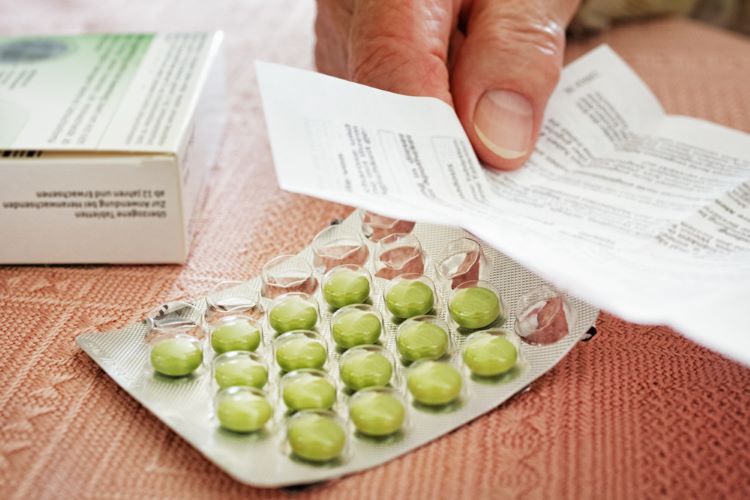ePI rollout backed in new paper by pharmaceutical bodies
Posted: 9 January 2025 | European Pharmaceutical Review | No comments yet
The industry associations uphold that adopting digital formats for medicine information will simplify supply chain and improve patient safety.


Three industry bodies have produced a joint position paper highlighting recommendations for adopting a harmonised implementation of electronic Product Information (ePI) leaflets.
The electronic Product Information] ePI platform will serve as a single source of trustworthy information, fostering transparency and regulatory efficiency across the EU”
The pharmaceutical industry associations, European Federation Of Pharmaceutical Industries and Associations (EFPIA), Medicines for Europe and Association of the European Self-Care Industry (AESGP), advocate that this digital transition will benefit two key areas: enhancing environmental sustainability as well as regulatory operations. It will also enable more patient-centric and accessible content by providing the most up-to-date information.
Available via a centralised EMA portal, the ePI platform will “serve as a single source of trustworthy information, fostering transparency and regulatory efficiency across the EU”. This allows for streamlined regulatory processes and a reduced administration load for both pharmaceutical companies and health authorities, according to the paper.
Key highlights from the inter-association paper
Prior to the phasing out of paper leaflets, gradual introduction of ePI is “proposed to be fully operational within four years after entry into force of the revised General Pharma Legislation”. This will ensure patients still have ready access to information they need about medicines, the authors stated.
To support this transition, the organisations suggested that ‘authority and industry websites and compendia could be used as solutions to initiate the transition before ePI becomes fully available on the EMA/HMA portal”.
Furthermore, patient information leaflets would be improved via better layouts and readability. Additionally, the paper highlighted there are proposals to “benefit correct safe use of medicinal products, by delivering clear information to level up health literacy”.
Use of ePI will also benefit medicine availability in small markets, supporting a more flexible supply chain, according to the paper. The associations explained this is enabled through “multi-country packs which are simplified by the language exemption and harmonised labelling requirements”.
Papers included in the joint recommendations
1) Phasing in of Electronic Product Information and Phasing Out of the Paper Package Leaflet
2) Alternative Ways of Providing the Printed Package Leaflet of Medicinal Products
3) “Key Information Section” in the Package Leaflet
4) Removal of the Name and Address of the Manufacturer in the PIL
5) Adding Disposal Information on the Labelling of Medicinal Products
6) Facilitating Medicines Availability and Environmental Benefits Through Language Exemptions and Electronic Product Information (ePI)
7) Proposals to Support Multi-Country Packs and Simplify Supply Chain
8) Overview of Potential Obstacles for Using Multi-Country Packs caused by the proposals for the revised Pharmaceutical legislation
9) Awareness Cards for Antimicrobials in the EU Pharmaceutical Reform
Related topics
Big Pharma, Drug Markets, Drug Safety, Industry Insight, Labelling, Packaging, Regulation & Legislation, Sustainability, Therapeutics









